Israel is inching toward a wider war and a nasty fight against an enemy poised to bombard it as no other foe has
Israel and Hezbollah regularly trade fire, but the two are steadily exchanging escalatory remarks.
Hezbollah has greatly increased its fighting capacity over the last two decades.
The Iran-backed militants now maintain a huge arsenal of munitions that could threaten Israel.
The threat of a wider war is looming for Israel, as is the potential that its cities and strategic military targets could face a massive bombardment in ways the country hasn't yet seen.
Israel and Hezbollah, the Iran-backed militant group operating out of Lebanon, have regularly exchanged fire since Hamas — which also enjoys significant support from Tehran — staged its cross-border massacre on Oct. 7.
These tit-for-tat engagements have so far been relatively contained to the border regions, but tensions between Israel and Hezbollah have escalated in recent weeks, raising fears that the two bitter foes may be headed for an unavoidable collision course.
United Nations officials have warned that such a fight would be catastrophic and lead to widespread death and destruction.
For Israel, a larger war with Hezbollah would look very different from the full-scale conflict it's fighting against Hamas in Gaza. The Lebanon-based militants are a much more dangerous force with a lot more weapons and combatants available to them.
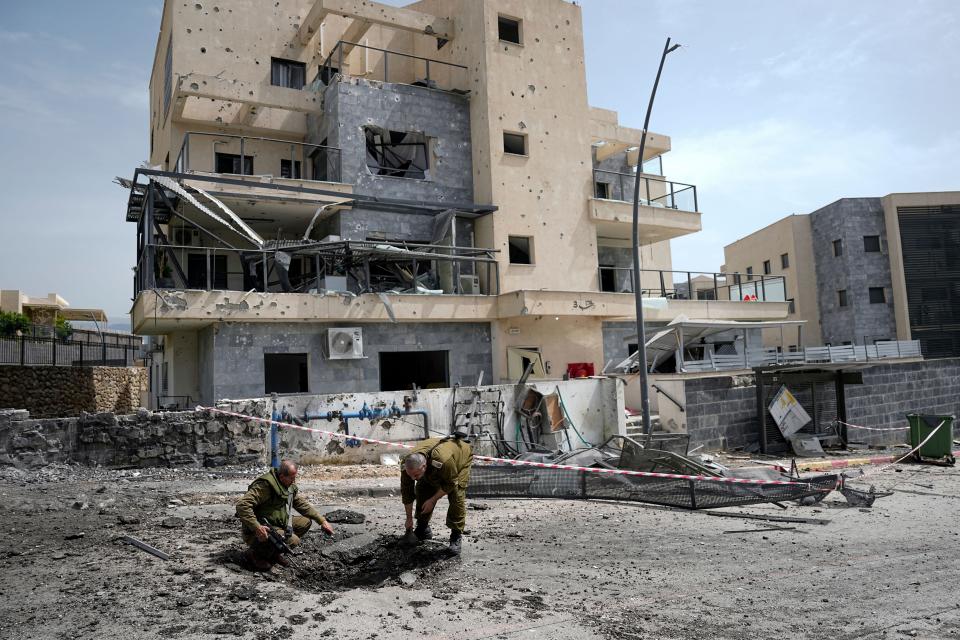
In a fight with Hezbollah, Israel would need a lot of munitions readily available to it because "that's a much more difficult conflict" than the one in Gaza, which has been a tough enough fight as is, Daniel Byman, a former Middle East analyst for the US intelligence community, told Business Insider in May.
Hezbollah has grown stronger
Hezbollah has spent decades building up its arsenal and military capabilities. Before the 2006 Lebanon War, a monthlong conflict fought against Israel, Hezbollah maintained some 15,000 projectiles. That figure has swelled to over 130,000 today, with some estimates putting the missile and rocket inventory as high as 150,000.
Analysts at the Center for Strategic and International Studies think tank wrote in a 2018 report that "Hezbollah is the world's most heavily armed non-state actor, with a large and diverse stockpile of unguided artillery rockets, as well as ballistic, anti-air, anti-tank, and anti-ship missiles."
Much of Hezbollah's inventory consists of various shorter-range, unguided projectiles. The analysts said that while these weapons may not be particularly accurate, they exist in large enough quantities to cause concern. The militants also possess precision-guided weapons that could reach deeper into Israel.
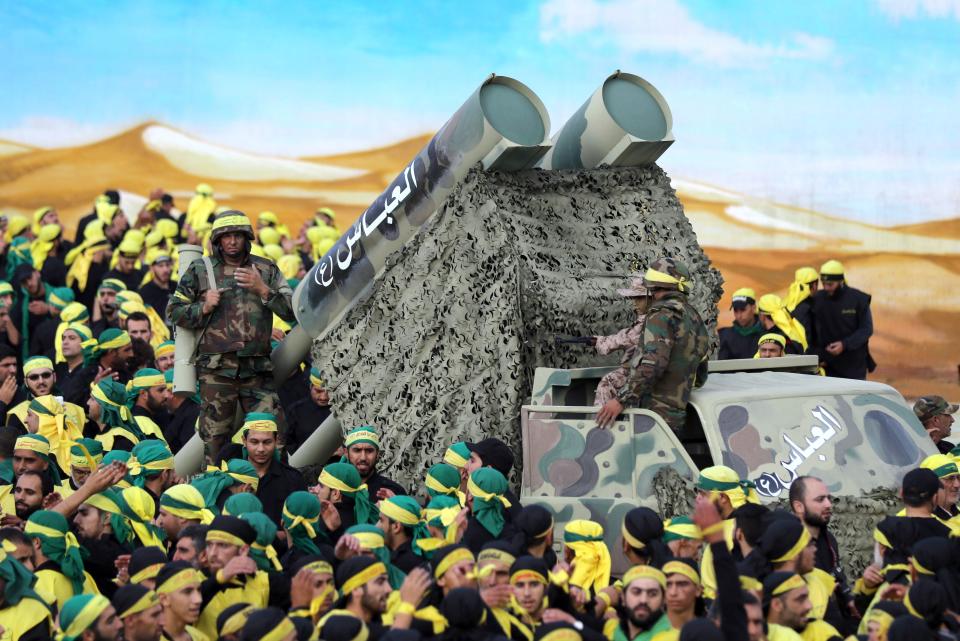
"Hezbollah views its rocket and missile arsenal as its primary deterrent against Israeli military action," the CSIS analysts explained, noting they are "also useful for quick retaliatory strikes and longer military engagements."
Hamas started the ongoing Gaza war with as many as 30,000 rockets and missiles, according to the Institute for National Security Studies, an Israeli think tank. It's a much smaller figure, but it has still caused issues for Israel and highlighted the value of maintaining a large stockpile, especially as it continues to expend a lot in Gaza.
That war has seen "a pretty serious rate of fire. And this would be even more so with Hezbollah," said Byman, a senior fellow with the CSIS' Transnational Threats Project. "Hezbollah has a lot more firepower. Israel would be using a lot more firepower in return."
Israel operates a sophisticated air-defense network able to engage different threats, from short-range rockets to medium-range ballistic missiles in the atmosphere. The Iron Dome, David's Sling, and Arrow systems have all been busy since Oct. 7 but, for the most part, have managed to protect the country from enemy munitions.
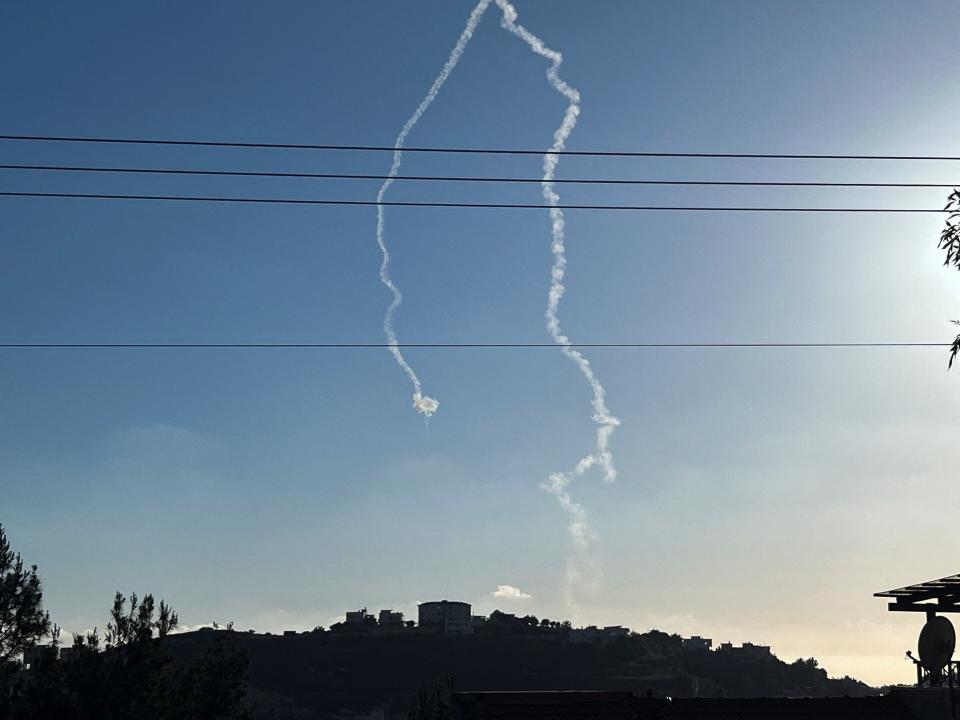
But a larger Hezbollah war could overwhelm some of these systems, a scenario that has caused concern in Washington.
During the 2006 war, Hezbollah fired somewhere between 100 and 200 rockets per day at Israel, according to estimates cited by the Foundation for Defense of Democracies think tank. In a future war between the two, the militants could fire in excess of 4,000 rockets per day in the early stages of a conflict, but they would eventually have to reduce that number to 1,500. Even then, it is still a significantly higher rate of fire than in 2006 and could put immense stress on Israel's defenses.
"Hezbollah's means of attack are highly impressive," the Israeli think tank INSS said in an October 2023 assessment. In a war with Hezbollah, the group's vast weapons inventory "will require Israel to divert countermeasure systems to targeted protection of civilian and military infrastructure."
The Britain Israel Communications and Research Center, an Israel advocacy organization, wrote in an October 2019 updated briefing that "even with Israel's early warning and missile interception system, missiles fired at major population centers in large numbers can be deadly, forcing civilian populations to remain in or near shelters, closing schools and businesses, and paralyzing normal life."
'No one' wants a war
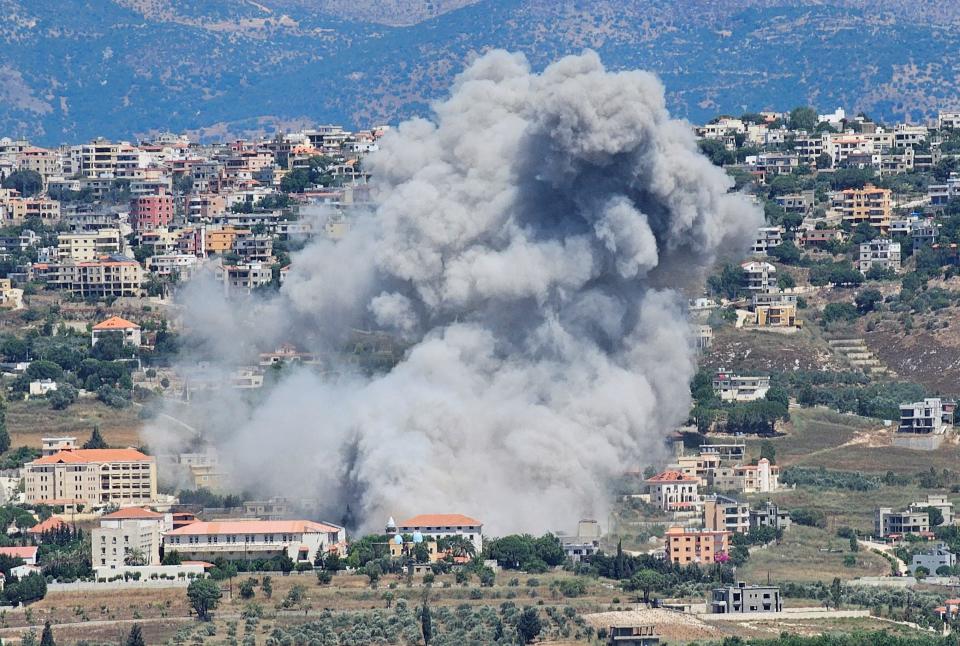
Hezbollah put its firepower on display earlier this week, launching more than 200 rockets and attack drones into Israel in retaliation for the killing of a senior commander. It marked one of the militants' biggest barrages of the nine-month-long conflict.
Beyond the aerial threat, Hezbollah also has a personnel force of more than 50,000 combatants, according to a May 2024 report by the Congressional Research Service. Hamas, by contrast, was thought to have up to 30,000 fighters at the start of the Gaza war, and it has seen thousands of its members killed and wounded since October.
Adding to Hezbollah's potential combat force, thousands of additional fighters from Iran-backed groups across the region have offered to come fight against Israel in the event of a full-scale war.
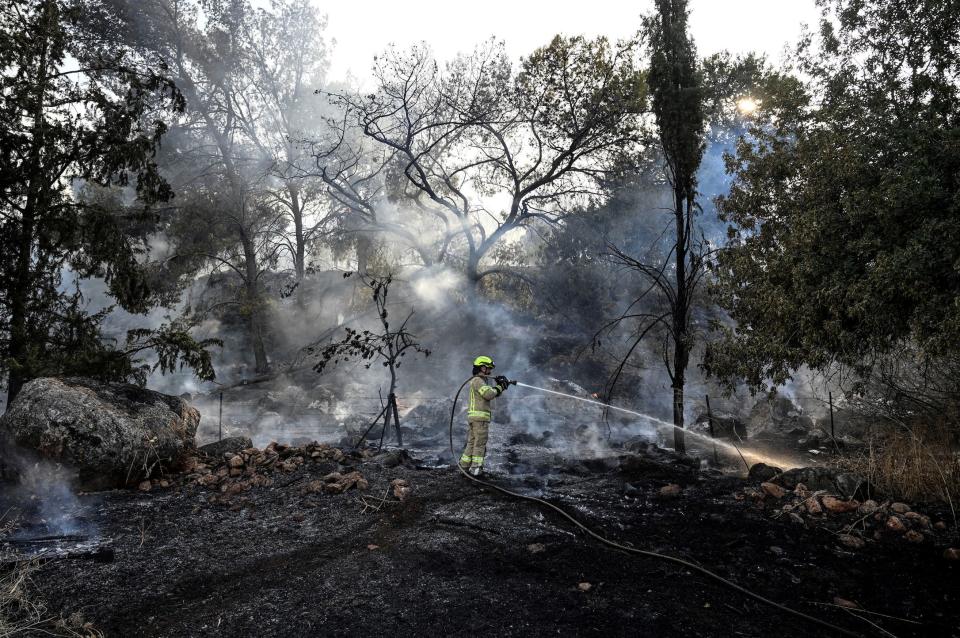
For now, the conflict between Israel and Hezbollah is still relatively low intensity, but fears are growing that it may not stay that way. The militants have tied their action to a ceasefire in Gaza, saying only then will the attacks stop. And as some Western nations urge de-escalation, the two enemies continue to threaten each other, saying that they will resort to force if needed.
More than two dozen soldiers and civilians have already been killed in Israel, and in Lebanon, that figure has surpassed 450. A majority of those dead are militants, but civilians have also been killed. Additionally, tens of thousands of people have been displaced from their homes in both countries.
"One of our primary objectives from day one — since October — was to do everything we could to make sure that this conflict didn't spread," US Secretary of State Antony Blinken said at a Brookings Institution event earlier this month, adding, "No one actually wants a war."
Read the original article on Business Insider

